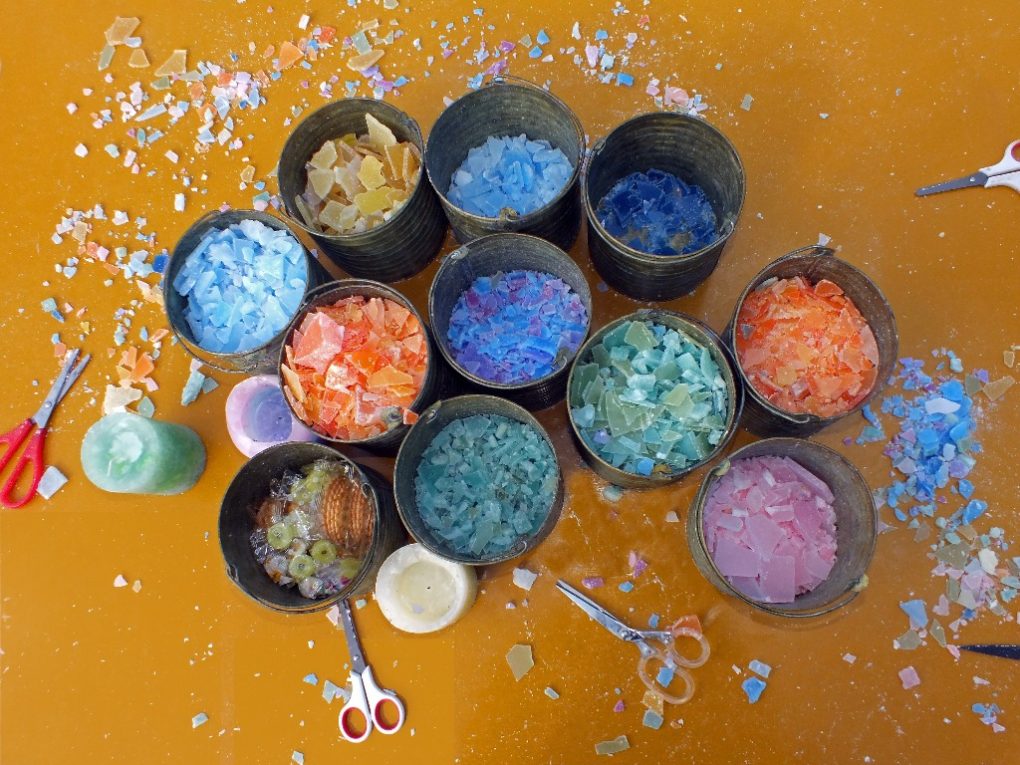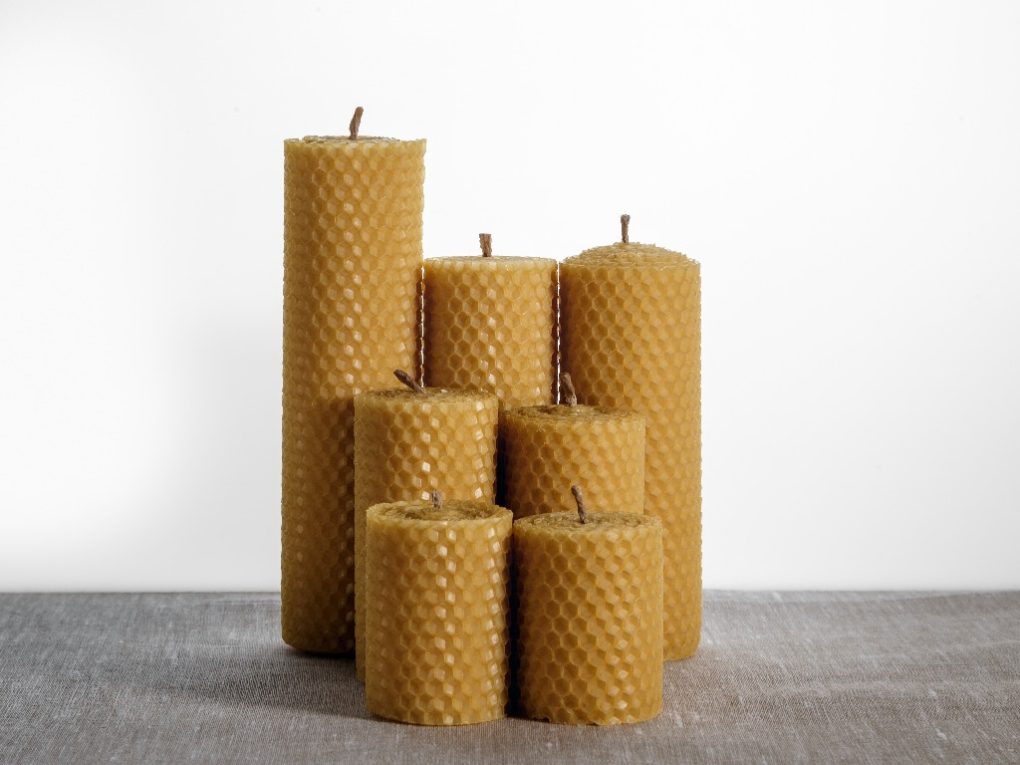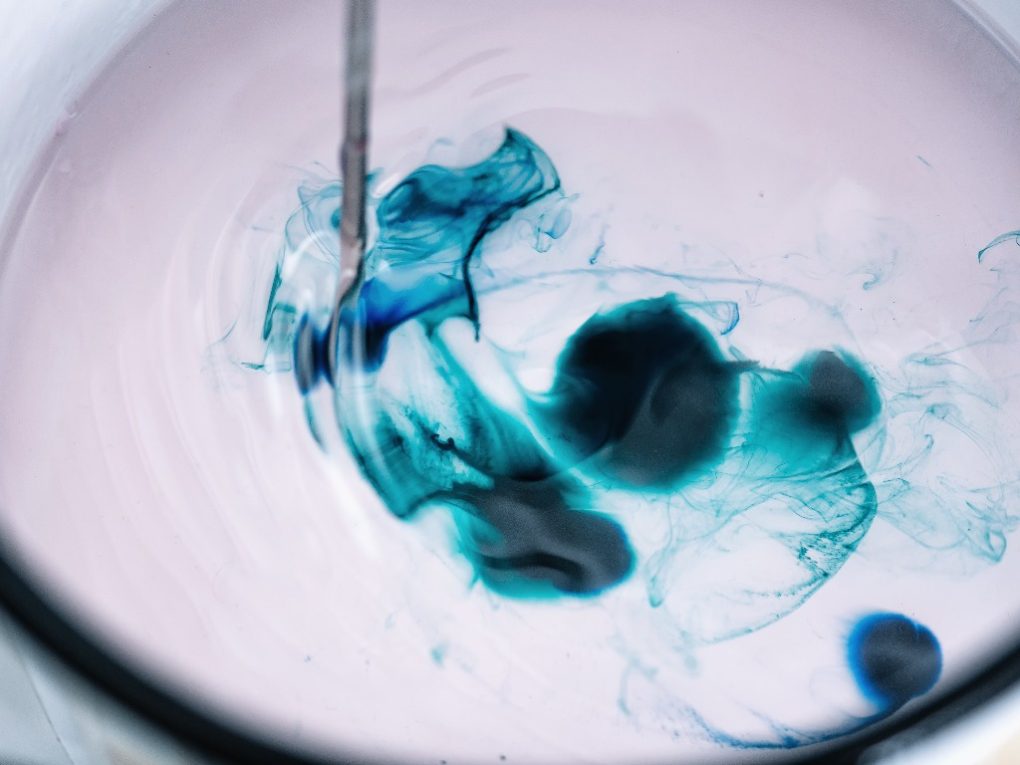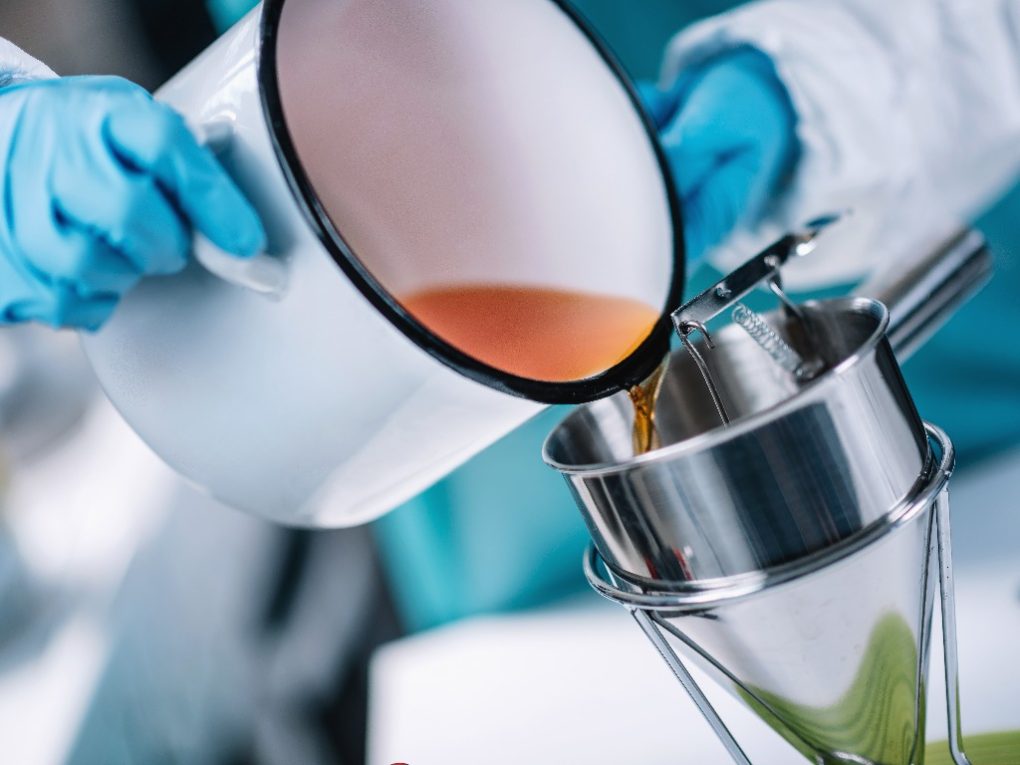How to Dye Candle Wax: Tips and Techniques for Vibrant Colors
Several methods for dyeing candle wax include using liquid or powdered dyes, dye blocks or chips, and dye flakes. Each method has advantages and disadvantages, and the choice will depend on personal preference and the desired outcome. However, it’s important to note that not all dyes are suitable for all types of wax.


While dyeing candle wax may seem straightforward, there are a few key tips and tricks to keep in mind to ensure the best results. These include using the right amount of dye, stirring the wax thoroughly to ensure an even distribution of color, and testing the color of the wax before pouring it into the mold. With practice and experimentation, anyone can learn how to dye candle wax and create beautiful, colorful candles.
Choosing the Right Wax
Choosing the right wax is crucial for the success of your candle-making project. Different types of wax are available in the market, each with unique properties. In this section, we will discuss the types of wax to use and the factors to consider when selecting the wax.
- Paraffin Wax: Paraffin wax is a by-product of petroleum. It is the most commonly used wax for candle-making. It is affordable, easy to use, and readily available. Paraffin wax also has a high scent throw, making it ideal for scented candles.
- Soy Wax: Soy wax is a natural wax made from soybean oil. It is eco-friendly, renewable, and biodegradable. Soy wax burns cleaner and longer than paraffin wax. It also has a lower melting point, making it easier to work with.
- Beeswax: Beeswax is a natural wax produced by bees, according to Science Direct. It has a sweet, honey-like scent and a natural golden color. Beeswax burns longer and cleaner than paraffin wax. It is also hypoallergenic and has air-purifying properties.


Wax Color and Transparency
The wax’s color and transparency can affect the candle’s final appearance. Here are some factors to consider when selecting the wax:
- Color: If you want to create colored candles, it is best to use white or natural-colored wax. This will allow the color to show through more clearly. However, if you want to create a specific color, you can use colored wax or add dye to the wax.
- Transparency: If you want to create translucent or transparent candles, using wax with a low melting point, such as soy wax or beeswax, is best. These waxes have a natural clarity that will allow the light to shine through the candle.
- Opacity: If you want to create opaque candles, it is best to use wax with a high melting point, such as paraffin wax. These waxes have a higher opacity, making the candle less translucent and more opaque.
Preparing the Dye
Types of Dye to Use
When choosing a dye for your candle wax, there are two main types: liquid dye and dye chips. Liquid dye is easy to use and comes in many colors but it can be more expensive than dye chips. Dye chips are more affordable and come in a wider range of colors, but they can be more difficult to work with.
Mixing Dye with Wax
Mixing dye with wax can be a delicate process. Here are some tips to help you get it right:
- Start with a small amount of dye, and gradually add until you achieve the desired color.
- Ensure the dye is completely mixed into the wax before pouring it into your candle containers.
- Stir the mixture gently to avoid creating air bubbles.
- Check the temperature of the wax before adding the dye. Different dyes have different temperature requirements, so follow the instructions carefully.


If you’re using liquid dye, add it to the wax when it reaches a temperature of around 150°F – 170°F. For dye chips, add them once you have turned off the heat and stir the mixture vigorously for a few minutes until the wax is evenly colored. Remember, the amount of dye you use will vary depending on the type of wax you’re using and the desired color intensity. So start with a small amount, and add more until you achieve the desired shade.
Adding Dye to Wax
Methods of Adding Dye
There are several methods for adding dye to candle wax:
- Powdered or Liquid Candle Dye: This is the most commonly used method for adding color to candle wax. A small amount of dye is added to the melted wax and stirred until the desired color is achieved.
- Dye Chips: These are small, colored pellets that are added to the melted wax. They can be melted in a double boiler and stirred until fully combined.
- Crayons: This method is not recommended, as crayons can clog the wick and cause the candle to burn improperly. However, if you choose to use crayons, they can be melted with the wax in a double boiler and stirred until fully combined.
Achieving Desired Color
When adding dye to candle wax, it is important to remember that the wax’s color will be slightly lighter when it solidifies. Therefore, adding more dye than you need is recommended to achieve the desired color.
It is also important to stir the wax thoroughly to ensure the dye is evenly distributed. For example, if using liquid dye, it is best to add it when the wax has cooled to around 150°F – 170°F.
When testing the color of the wax, it is best to let a small amount of wax solidify and cool completely before determining if the color is correct. If the color is too light, more dye can be added and stirred until fully combined.
Safety Precautions
Following safety precautions to avoid injury or accidents is important when working with candle wax. Here are some tips to ensure a safe and enjoyable candle-making experience:
- Always work in a well-ventilated area to avoid inhaling fumes from the melting wax.
- Wear protective clothing, such as gloves and an apron, to prevent burns from hot wax.
- Use a double boiler or a melting pot for candle-making to melt the wax. Do not use a microwave or stovetop to melt the wax.
- Never leave melting wax unattended, as it can easily catch fire.
- Keep a fire extinguisher nearby in case of emergencies.
- Use a thermometer to monitor the temperature of the wax and avoid overheating it, which can cause it to ignite.
- When adding dye to the wax, use the recommended amount and stir gently to avoid splashing hot wax.
- Do not pour hot wax down the drain; it can clog pipes. Instead, let it cool and dispose of it in the trash.
- Store unused wax and dye in a cool, dry place away from direct sunlight and heat sources.


Following these safety precautions allows you to create beautiful, colorful candles without risking injury or accidents.
Troubleshooting
Common Problems with Dyeing Wax
Dyeing candle wax can be tricky; even experienced candle makers need help with problems. Here are some common issues that can occur when dyeing wax:
- The color is not as expected
- The color is uneven.
- The dye is not mixing properly.
- The dye is clumping or settling at the bottom of the candle.
Solutions to Common Problems
If you encounter any of the above problems, don’t worry. There are solutions to each of them.
- The color is different than expected: If the color of your candle is different from what you were expecting, try adding more dye. Remember that the wax’s color will be lighter when it is melted, so the final color may be different from what you see in the melting pot. Additionally, some dyes may look different in different types of wax, so you may need to experiment with different dyes to achieve the desired color.
- The color is uneven: Uneven coloring can occur if the dye is not mixed thoroughly into the wax. To prevent this, stir the wax and dye mixture thoroughly and regularly while it melts. If you notice uneven coloring after pouring the wax into the mold, try gently swirling the mold to distribute the dye more evenly.
- The dye is not mixing properly: If it is not mixing properly into the wax, it may be because it is too cool. Try heating the wax and dye mixture to a slightly higher temperature and stirring vigorously. If this doesn’t work, try a different type of dye or wax.
- The dye is clumping or settling at the bottom of the candle: Clumping or settling can occur if too much dye is added or the dye is not mixed properly. To prevent this, start with a small amount of dye and add more as needed. Ensure to stir the wax and dye mixture thoroughly and regularly while it melts. If you still have issues, try a different type of dye or wax.
Remember, dyeing candle wax can take some practice to get right. Don’t be discouraged if you encounter problems – keep experimenting until you find what works best for you.
